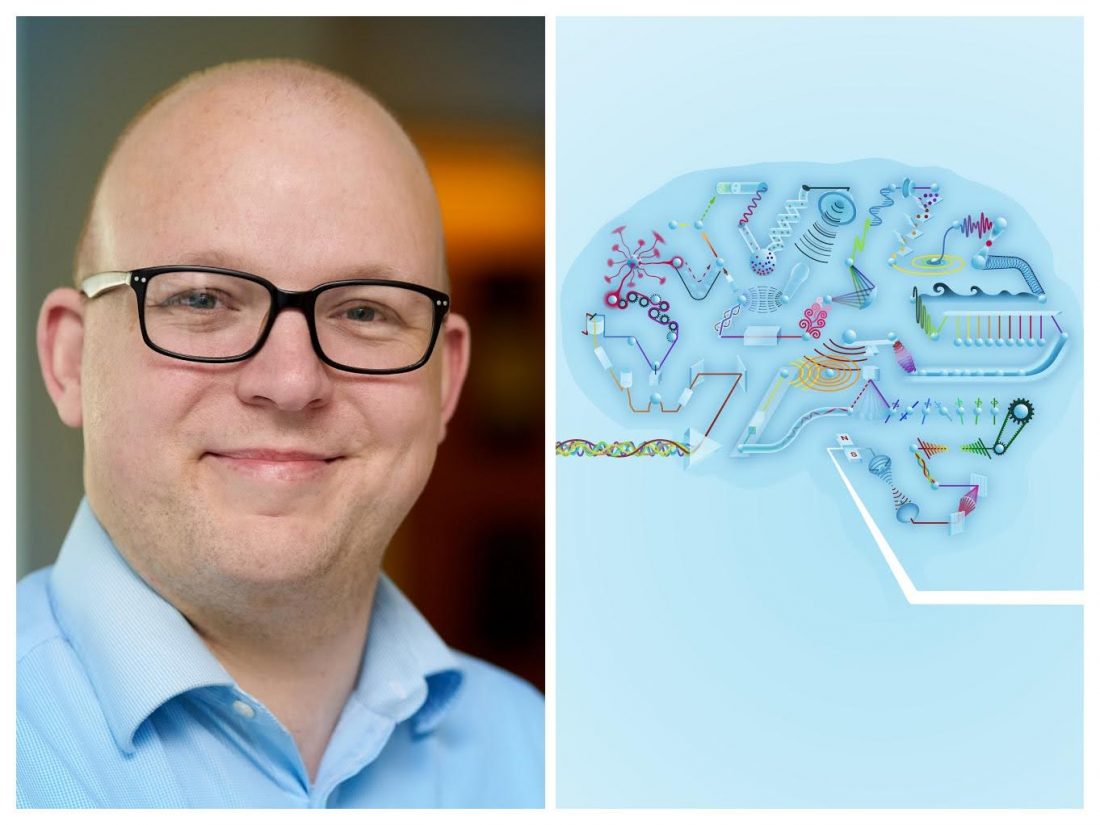Science and Mathematics
Physics Colloquium: Computing with Physical Systems
October 13, 2022 at 3:30pm – 4:45pm EDT
Physics Building, 202/204
This event has already occurred. The information may no longer be valid.

The Department of Physics is pleased to welcome Professor Peter McMahon for an in-person colloquia presentation. Dr. Mahon is an assistant professor in Applied and Engineering Physics at Cornell University, where he has been since 2019. Prior to joining Cornell he completed his Ph.D. in Electrical Engineering and postdoctoral training in Applied Physics at Stanford University. He is the recipient of Packard and Sloan Fellowships, an Office of Naval Research Young Investigator Program Award and a Google Quantum Research Award, and is a CIFAR Azrieli Global Scholar in Quantum Information Science.
Abstract
With conventional digital computing technology reaching its limits, there has been a renaissance in analog computing across a wide range of physical substrates. In this talk I will introduce the concept of Physical Neural Networks [1] and describe a method my group has developed to train any complex physical system to perform as a neural network for machine-learning tasks. We have tested our method experimentally with three different systems – one mechanical, one electronic, and one photonic – and have been able to show MNIST handwritten-digit classification using each of these systems, despite the fact that none of the systems were initially designed to do machine learning.
I will describe several possible future research directions on Physical Neural Networks, including the potential to create large-scale photonic accelerators for server-side machine learning [2], smart sensors that pre-process acoustic, microwave or optical signals in their native domain before digitization, new kinds of quantum neural network that don’t require a carefully engineered quantum computer, and generally the prospect to endow analog physical systems with new, unexpected functionality.
[1] L.G. Wright*, T. Onodera* et al. Nature 601, 549-555 (2022)
[2] T. Wang et al. Nature Communications 13, 123 (2022)
This event was published on September 7, 2022.
Event Details
- Category
- Science and Mathematics
- Type
- Talks
- Region
- New York Campus
- Open to
- Alumni,
- Current Students,
- Faculty
- Organizer
- CAS-Department of Physics
- Contact
- Yudaisy Salomon Sargenton
phyadmin@syr.edu
3154433901
- Accessibility
- Contact Yudaisy Salomon Sargenton to request accommodations
